什么是储能的贝斯?
如果您要探索太阳能或备用能源解决方案, 毫无疑问,您遇到了首字母缩写“ Bess。" 在电池存储世界中,这实际上意味着什么? 它只是电池的技术名称吗, 还是更多? 理解贝丝是理解现代的关键, 智能能源管理.
在电池存储中, 贝斯代表电池储能系统. 最重要的词是“系统。" 贝斯不仅是物理电池电池; 这是一个完整的, 包括电池的集成解决方案, 关键的电池管理系统 (电池管理系统), 电源转换系统 (件), 哪个是逆变器, 再加上安全有效的控制软件和安全组件.
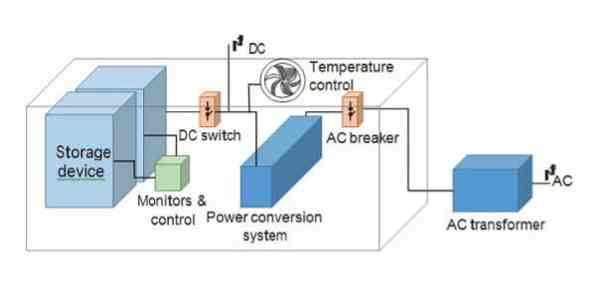
在 吉克斯太阳能, 我们专注于设计和安装这些完整的Bess解决方案. 我们相信,赋予客户能力,以便他们可以看到为什么完全集成的系统优于一系列零件. 让我们探索周围的一些热门话题 贝斯电池能量存储 系统.
贝丝能够保持能量多长时间?
您将太阳能电池板的清洁能源存储在贝斯. 如果您几天不使用它会发生什么, 一个星期, 甚至一个月? 能量会简单地“泄漏" 出去消失?
现代锂离子贝丝在举起其指控方面非常有效. 随着时间的流逝,它仅失去一小部分能量, 一个称为自我解雇的过程. 高质量 磷酸铁锂 (铁磷酸锂) 贝斯, 我们建议, 通常只会输 1-3% 每月收费. 这意味着充满电的电池仍将几乎饱满,即使经过几个月的闲置,也可以准备出发.
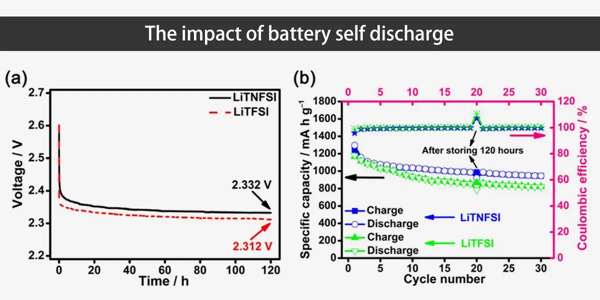
深入潜水: 存储的科学
这是您需要了解的关于贝斯保持能量能力的知识:
- 自我解雇: 这很慢, 任何导致其逐渐失去充电的电池内的自然化学过程. 速率由电池化学决定确定.
- 锂的优势: 现代贝斯使用的锂离子化学, 特别是LFP, 与较旧技术(如铅酸电池)相比, 可能会输 5-20% 他们每月的费用.
- 温度的影响: 热量可以稍微增加自我释放速度. 在凉爽, 气候控制的环境有助于更有效地持有其收费.
- 备用消费: 重要的是要区分自我解脱与系统的备用功率抽取. 如果贝丝在" 准备好了, 它的内部电子 (电池管理系统, 逆变器) 消耗少量的功率. 然而, 如果系统正确关闭以进行长期存储, 仅发生电池电池本身的最小自我放电.
出于所有实际目的, 您可以确信您的Bess商店将在需要时在您身边, 无论是今晚还是下个月.
可以回收贝丝?
当我们拥抱电池技术时, 一个关键和负责任的问题是: 生命的尽头发生了什么? 可以很大, 回收复杂的贝斯以回收有价值的材料并最大程度地减少环境影响?
是的, 贝斯可以而且应该回收. 锂离子电池的回收是一个快速发展且创新的行业. 虽然该过程比传统的铅酸电池更为复杂, 专业设施可以安全拆除贝斯模块,并使用先进的流程来恢复诸如锂之类的有价值的材料, 铜, 铝, 钢, 和其他金属. 此外, 与 LFP化学 从一开始就大大减少了环境问题, 因为它没有钴或镍.
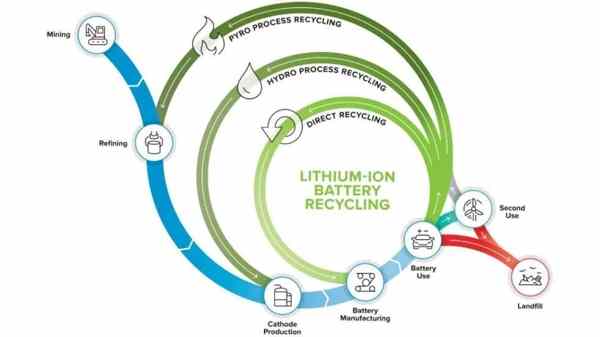
深入潜水: 越来越多的贝斯回收生态系统
这是贝斯回收的状态:
- 过程: 回收利用通常涉及在受控环境中切碎电池模块,然后使用HydromeTallurgical (用液体浸出) 或增生术 (高热冶炼) 分离和恢复原材料的过程.
- 挑战: 主要的挑战是将电池电池内各种材料分开并使过程在经济上可行的复杂性.
- 快速进步: 由电动汽车和储能的大量增长驱动, 大量投资正在大规模建设, 有效的回收设施, 特别是在美国, 欧洲, 和亚洲. 像红木材料和Li-Cycle这样的公司正在领先.
- LFP优势: 磷酸铁锂 (铁磷酸锂) 从一开始,电池更环保. 他们不包含钴, 与其采矿有关的具有重大道德和环境问题的矿物. 这使LFP成为更可持续的选择,并简化了回收流的某些方面.
- 我们的承诺: 在GYCX太阳能, 我们致力于可持续性. 我们优先考虑 磷酸铁锂1. 具有环境福利的技术,并通过经过认证的回收服务合作,以确保对任何寿命终止电池系统负责任地管理, 帮助关闭循环电池经济的循环.
贝斯电池的储能成本是多少?
在考虑为您的家庭或企业的野兽时, 了解投资是至关重要的第一步. 典型的费用是多少, 哪些因素影响最终价格?
BES的总安装成本根据其大小和功能而变化很大. 在美国, 住宅系统的范围从 $10,000 较小, 入门级系统 $30,000 或更大的, 全家备份解决方案. 关键成本驱动力是电池的 能源容量 (以千瓦时为单位) 及其 电力等级 (在KW). 每一个, 费用通常在 $800 和 $1,500 每千瓦时 对于完全安装的住宅LFP系统.
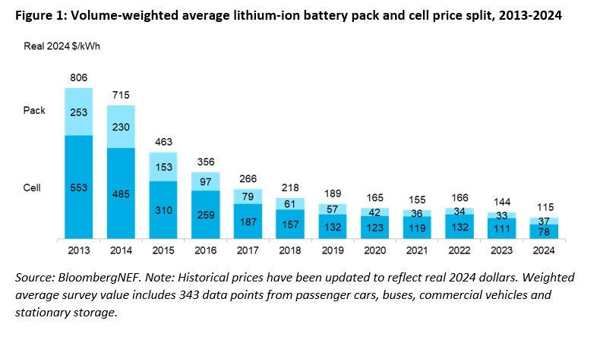
深入潜水: 分解Bess投资
贝斯的最终价格是其零件的总和,也是安装它们的劳动力:
- 电池容量 (千瓦时): 这是最大的成本因素. 更多的存储容量意味着更多的电池模块.
- 电力等级 (千瓦): 电源转换系统 (件), 或逆变器, 确定贝斯一次可以传递的力量. 较高的KW评级以运行更多苛刻的电器成本更高.
- 品牌和质量: 具有可靠性的高级品牌, 高级软件, 更好的保证具有更高的成本,但通常提供更好的长期价值.
- 安装复杂性: 每个装置都是唯一的,包括电气工作, 允许, 和专业的调试, 经过认证的安装程序.
- 联邦ITC: 美国的重要因素. 是 投资税收抵免 (国贸中心). 这使您可以扣除 30% 总费用 您的联邦税款, 只要太阳系收费. 多亏了降低通货膨胀法 2022, 这 30% 现在也可以使用信用 独立电池存储 (没有太阳能指控), 使贝丝比以往任何时候都更实惠.
GYCX太阳能故事: “我们始终提供详细的报价,以便我们的客户确切地看到他们要支付的费用. 我们还指导他们宣称像联邦ITC这样的有价值的激励措施, 这对整体投资产生了巨大的影响。"
燃料电池和贝斯有什么区别?
您可能已经听说过氢燃料电池是另一种新兴的能源技术. 它们与电池储能系统相比如何 (贝斯)? 它们可以互换吗??
根本的区别是: 一个 贝丝是一种能量 贮存 设备, 而a 燃料电池是一种能量 一代 设备. Bess存储在其他地方生成的电力 (就像太阳能电池板一样) 并稍后发布. 燃料电池通过化学反应产生电力, 通常在空气中储存的氢燃料和氧气之间. Bess就像可充电电池; 燃料电池就像化学发生器.
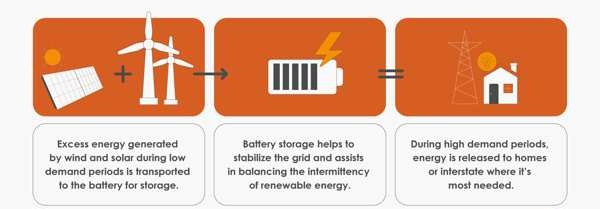
深入潜水: 存储与. 一代
让我们在关键指标上进行比较:
| 特征 | 电池储能系统 (贝斯) | 燃料电池系统 |
|---|---|---|
| 功能 | 商店 并排放电. | 生成 燃料的电力. |
| 燃料来源 | 电 (来自太阳能, 网格, ETC。). | 氢气或其他燃料 (甲醇, ETC。). |
| 效率 | 高往返效率 (85-95%+). 损失的能量很少. | 降低效率 (40-60%). 能量在产生氢和燃料电池反应中损失. |
| 运行时 | 受kWh存储容量的限制. | 仅受您可以存储的燃料量的限制. |
| 响应时间 | 瞬间. | 非常快, 但不是瞬间 (几秒钟). |
| 排放 | 没有使用点. | 只有水和热量 (对于氢燃料电池). |
| 主要用途 | 太阳自我消费, 网格服务, 住宅/商业备份. | 长期备份, 运输 (FCEV), 特定的工业过程. |
太阳能存储的判决: 用于带太阳能电池板的房主或企业, 贝斯是一个更有效和实用的解决方案. 它直接存储面板产生的直流电,并以非常高的效率存储. 燃料电池系统将要求您使用太阳能首先产生氢燃料 (一个称为电解的效率低下的过程), 储存氢, 然后将其转换回燃料电池中的电力, 导致更大的能量损失.
燃料电池是针对特定长期或重型应用的一种引人入胜的技术, Bess是有效捕获和在家中使用太阳能的明显赢家. 在GYCX太阳能, 我们专注于提供当今可用的最有效,最具成本效益的Bess解决方案.
贝斯不仅仅是电池,它是一个完整的, 智能系统使您能够控制自己的能量. 通过了解其组件, 成本, 出色的指控能力, 以及与其他技术的比较, 您会明白为什么它是现代清洁能源景观的基石.
如果您准备探索如何 贝斯电池能量存储 解决方案可以带来节省, 安全, 和您的家庭或企业的可持续性, GYCX太阳能的专家团队在这里指导您. 立即与我们联系以进行专业咨询!
了解LFP的概念将帮助您更好地比较和理解与电池相关的数据概念. 这将帮助您选择最适合我们公司需求的产品. ↩
